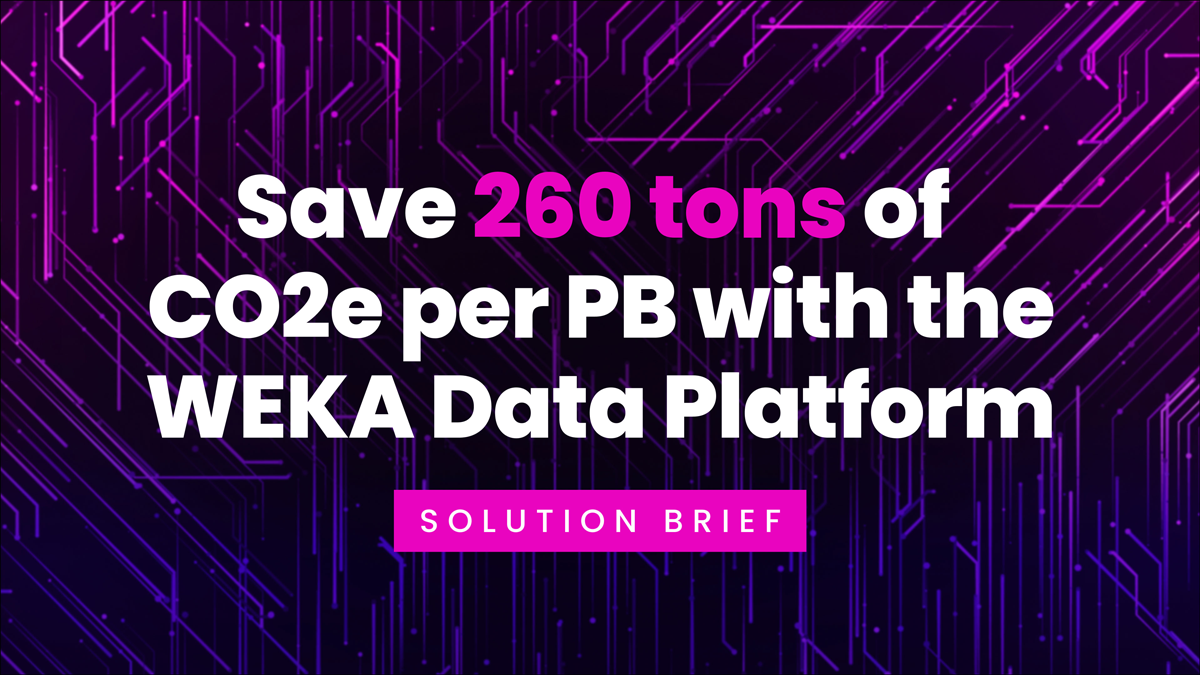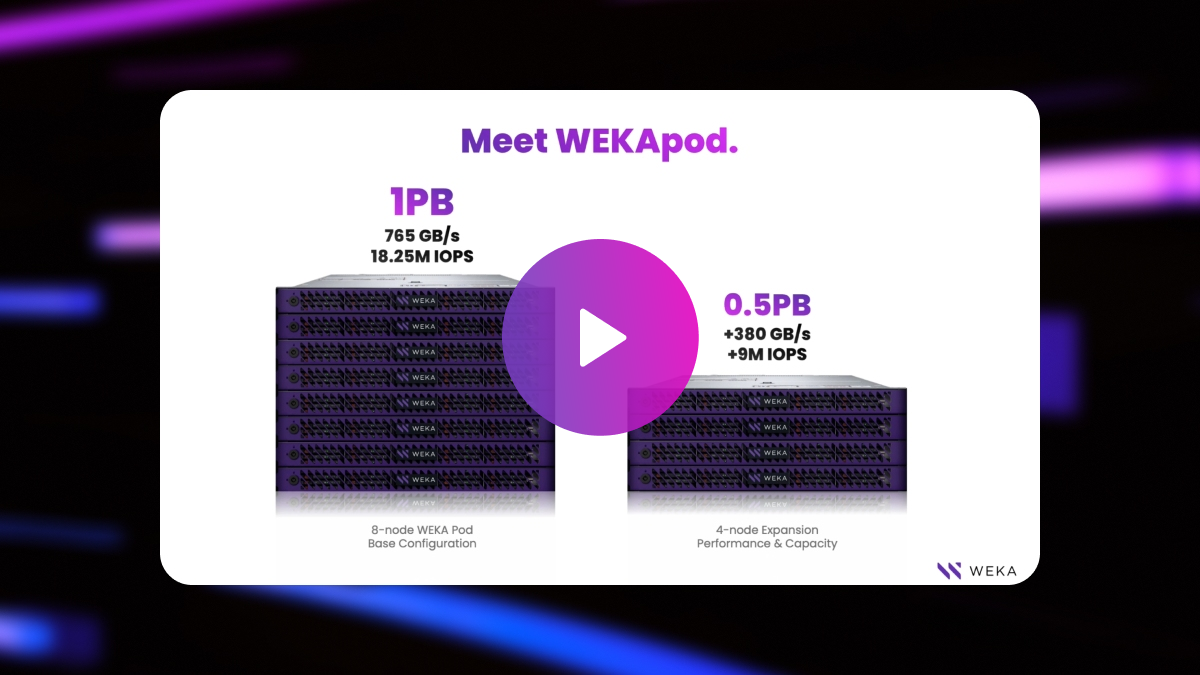Modern Analytics | Strategies For Data-Intensive Businesses

Want to know more about modern analytics? We explain what modern analytics is, what challenges you may face with it, and how AI helps with the process.
What is modern analytics?
Data analytics is the science of taking raw data and analyzing it to find trends and uncover patterns. In today’s modern analytics, AI can process large quantities of data and generate insights beyond what human analysts can do.
What Is Modern Analytics and Why Is It Important for Businesses?
To understand modern analytics, it’s essential to know how we got here.
Analytics isn’t new. Some may argue that the practice of using data analysis to derive insights that support decision-making can be found as far back as the 19th and early 20th centuries. A notable example would be Henry Ford gathering information about his assembly lines to inform optimization.
However, analytics was a practice of gathering and interpreting data on a small scale. As we moved through the 20th century, the invention of digital systems and the internet has fundamentally altered how we work with data. More access to information drives new ways of doing business, configuring organizations, and building new technologies.
Modern analytics, then, is the dovetailing of a massive spike of data access (through online sources like cloud platforms and portals) and a refinement of data analytics as a discipline. This new configuration of analytics has led to innovation in automation and AI, which has reshaped what we can accomplish through analytics.
Regardless of the complexity, there are four fundamental types of analytics:
- Descriptive Analytics: Answers the question, “what happened?” Descriptive analytics provides a picture of an event that has already happened and is most closely aligned with traditional business intelligence analytics.
- Diagnostic Analytics: Answers the question, “why did it happen?” Takes the description one step further by providing insights through data breakdowns and granular highlights of data with drilling-down, correlations, and data-mining techniques.
- Predictive Analytics: Answers the question, “what will happen?” A significant advance from the previous categories, predictive analytics attempts to use a massive volume of data to make predictions about what will happen in the future. It can also work in retail environments to serve ads or sales depending on what customer behavioral data suggests.
- Prescriptive Analytics: Answers the question, “what should we do?” The most advanced form of analytics, prescription relies heavily on AI and machine learning to support data processing and recommendation engines needed to be accurate and effective.
As we move up the analytics types, we find the need for more resources: more data, more processing power, more advanced hardware and software. The demand for resources is also amplified with the types of data collected. Consider the difference between structured and unstructured data:
- Structured data is data in a relational database, easily accessible through query languages like SQL.
- Unstructured data is data that isn’t placed in a database. Scanned files, text documents, images, and videos all fall under this category.
Unstructured data is much more common and frequently more helpful than structured data due to its rich context and use value. But that data needs to be cleaned and organized with select parts extracted into a structured format to be valid. While a wealth of unstructured data can serve as a base for advanced analytics, it also takes advanced algorithms and tools to get that information and make meaning out of it.
What Are the Steps of Modern Data Analytics?
Big data? Structured or unstructured data? These are essential questions that bring in different solutions. You can think strategically about modern data analytics following five steps:
- Frame Your Inquiry: The old saying “the data speaks for itself” is only partially true when it comes to analytics. Before you can analyze data, you must have a question in mind to frame your interpretation. This question will shape how you approach the data, what you look for, and (most importantly) help you cut out unnecessary information if possible.
- Set Your Measurement Methods: Determine what you will measure and how to measure it. While seemingly obvious, it’s essential to clearly define how and what you will collect without drawing analytics from potential terabytes of data.
- Collect Your Data: Once questions and methods are defined, it’s time to gather data. Keep in mind here, you’ll want some organizational structure to help you keep track of data collection, whether through descriptive file hierarchies or metadata.
- Analyze Data: Utilizing analytics algorithms and (possibly) AI, you can begin analyzing your data either after collection or even during collection.
- Interpret Data: At this point, you’re returning to your original questions to find out how the data speaks to potential answers. Does the data provide clear answers to the questions? Are there additional challenges or insights? Can you make predictive claims?
Analytics, Artificial Intelligence, and Machine Learning
We’ve mentioned AI and machine learning throughout this article without expanding on the topic. It’s important to note how closely related AI and machine learning are with analytics.
A reasonable way to think about both disciplines is to recognize that there is a reciprocal relationship between them—two sides of the same coin:
- On one side, big data analytics is a massive part of machine learning and, therefore, AI. Machine-learning algorithms use vast amounts of data to determine data structure, best approaches, and optimized processes. Some of the same practices used in analytics are also used in machine-learning algorithms.
- On the other side, AI is a significant player in how we perform complex analytics. The truth is that the volume of data that we typically use for modern analytics is several orders of magnitude beyond what we as humans can process with our minds. This fact is especially true for advanced disciplines like predictive or prescriptive analytics, where suggestions about future actions can come from even the most complex and hard-to-recognize patterns in data. AI makes this possible.
What Are Challenges and Best Practices for Modern Analytics?
With such a complex industry and discipline, engineers and researchers can maximize their analytical potential by overcoming common challenges and following a few best practices.
Some challenges include the following:
- Managing Data Sets: Data, especially unstructured data, can give us the false sense that it is of good quality up until the point we realize it isn’t. It’s essential to recognize what makes good data for analytics and what processes can help clean up data sets towards that goal.
- Gathering and Organizing Data Before Modeling: If you haven’t thought of the general ballpark of what you want to know, then data collection can become more of a firehose than an optimal stream of information. Terabytes of data can quickly get beyond your control.
- Maintaining Scalability: Modern cloud systems help mitigate this challenge, but not entirely. Modern analytics relies on infrastructure that can support fast, responsive processing and file transfers even during periods of growth.
- Performing Maintenance: Some dedicated research organizations have self-directed analytics platforms that they manage directly. However, the resources, skill, and expertise to do so are difficult to find, and the infrastructure can cost quite a bit out of pocket.
With those challenges in mind, there are several best practices to consider:
- Use a High-Performance Cloud: A robust, managed cloud infrastructure can help reduce the impact of many of these challenges because the cloud platform should (in theory) have a team of security and operational experts to support your analytics work.
- Use High-Performance File Systems: Cloud infrastructure itself doesn’t solve issues like performance bottlenecks. An optimized cloud file-system environment that leverages more advanced processing and storage can exponentially increase how you store and process data for complex analytics workloads.
- Continually Iterate through Different Steps: Just because you’ve thought of your questions upfront doesn’t mean you can’t alter them as time passes. Once insights start emerging from your data, always remain flexible to the idea of adjusting your inquiries to maximize the quality of your intelligence.
- Align Data Governance, Business Goals, and Analytics: Analytics should not be an accessory to your primary business. It should be your business. Data-driven enterprises in this country are increasingly built on massive data sets and analytics because they structure their significant operations around the insights they receive, which then shape their entire organization.
- Maintain Proper Security and Risk Management: Data isn’t just a set of numbers or words. Often, it represents the lives, behaviors, and characteristics of real people. Therefore, it’s necessary to maintain the highest levels of security and compliance, depending on your industry, and invest in risk management to prevent unauthorized or unwanted disclosure.
Modern Cloud File Storage for Modern Analytics with WekaIO
A significant factor in successful modern analytics is performance. Yoursystems must move through massive quantities of data quickly and efficiently to provide real-time insights.
WekaIO provides that environment. With high-performance hardware and optimized file systems supporting intense big-data workloads, WekaIO gives you a hybrid cloud infrastructure that can streamline data organization, ignition, and processing.
Alongside powerful computing and storage for unstructured data, WekaIO provides the features that any modern cloud-computing solution demands, including the following:
- Hardware-agnostic implementation
- Enterprise-grade end-to-end security using XTS-AES 512 bit key encryption
- Seamless orchestration over hybrid-cloud infrastructure
- Automatic data optimization with an optimal mix of NVMe SSD and HDD drives
If you’re working with big data to practice modern analytics and want to learn more about a cloud storage solution that will empower your efforts, contact us to learn more about WekaIO.
Additional Helpful Resources
High Performance Data Analytics
How GPUDirect Storage Accelerates Big Data Analytics
How to Make Algorithmic Trading Work Faster





